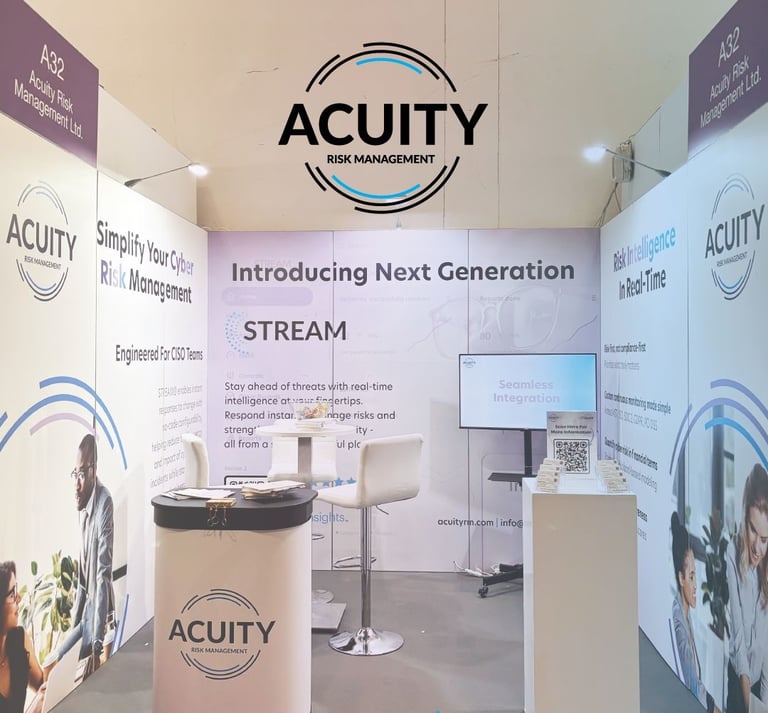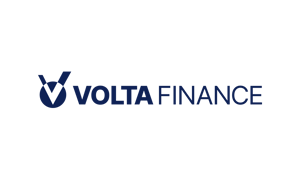The simple act of listing which AI systems a company uses is gaining new relevance for investors. For firms embedding AI at scale, particularly in data‑sensitive sectors, maintaining an inventory is no longer about admin. It is about knowing where the leverage and the liability sit.
At its core, an AI inventory means a live record of which models and tools are in use, what data they rely on, where they are deployed, and who is responsible. It links AI usage to ownership, compliance and business function. This is becoming a baseline expectation. In Europe, regulation is already demanding this level of visibility.
Many firms today have overlapping AI deployments across business units, multiple teams using similar tools, creating duplication and inefficiency. Inventories help rationalise spend, decommission redundant tools and focus on systems that actually drive returns. That matters for margin. It matters for scale. And it matters for investors looking for evidence that digital transformation is being executed with control.
More broadly, an AI inventory enables companies to act faster. When they know what’s in place, they can identify gaps, upgrade models, and extend automation without delay. It also makes audit, compliance, and risk review processes simpler and faster, especially when regulators start asking pointed questions about bias, security or privacy.
Acuity RM Group Plc (LON:ACRM) through its wholly owned subsidiary, Acuity. Acuity is an established provider of risk management services.









































